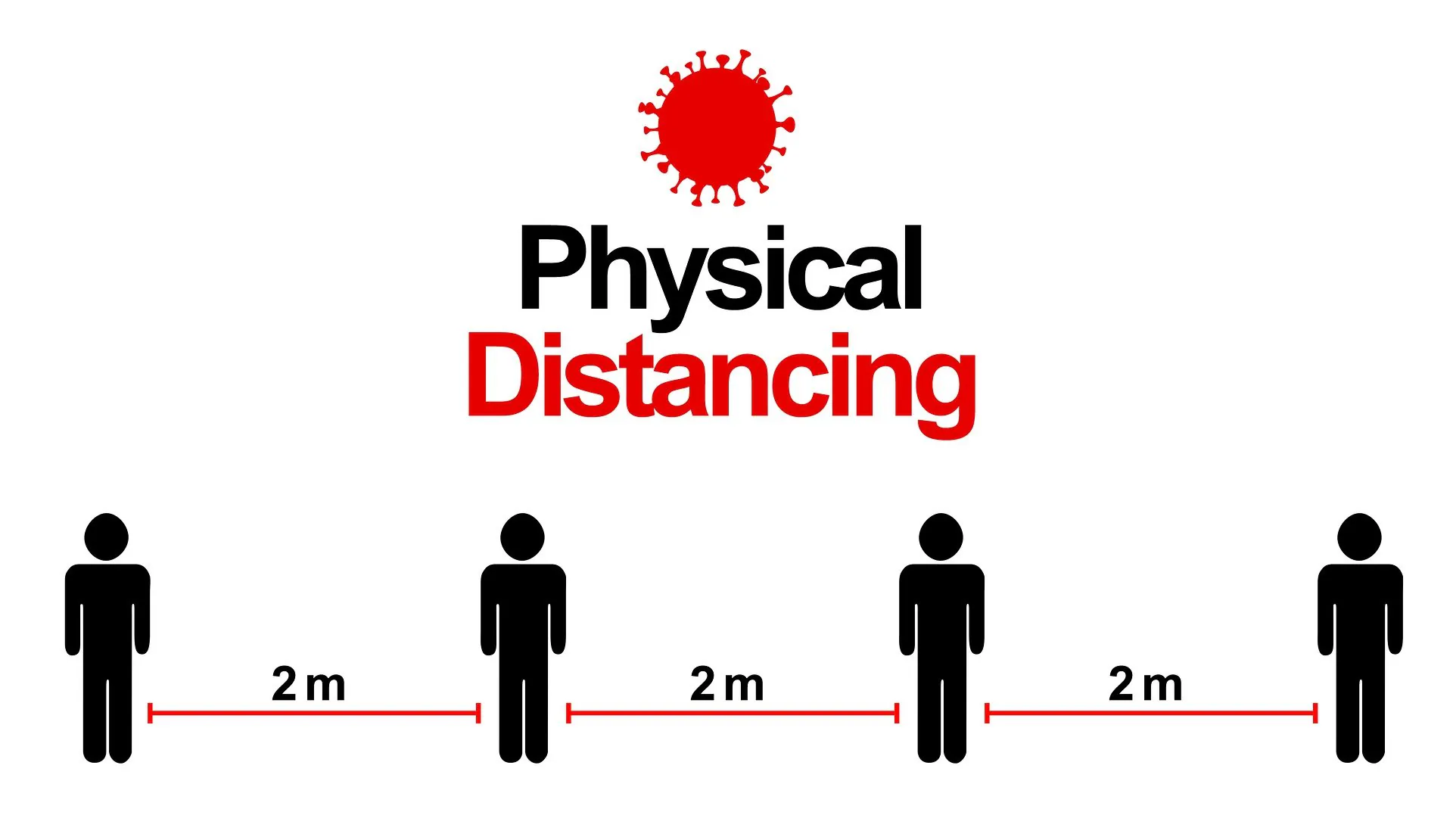Artificial Intelligence
AI Model Finds That Physical Distancing Having Positive Impact, Is Necessary

A recent study done by a team of researchers utilized AI to predict the trend of the coronavirus pandemic over the course of the next three weeks. As reported by VentureBeat, the AI model predicts that social distancing policies and quarantining are having the desired effect, namely pushing back and dampening the severity of coronavirus outbreaks, preventing healthcare systems from being overwhelmed.
As the coronavirus pandemic continues on around the entire globe, and as economies around the world feel the intense strain from the results of the pandemic, more and more attention is being paid to the effectiveness of quarantining and social distancing measures. The vast majority of scientists and public health experts agree that social distancing is necessary and is having the desired effect on the proliferation of the virus, and now an AI model designed by a team of researchers from various universities supports them.
Researchers from the University of Texas Health Science Center, the Southwest Research Institute, and the University of Texas have collaborated on a disease prediction model that returns predictions for the spread of coronavirus up to three weeks out. The researchers summarized their findings in a preprint paper. The model produced by the researchers utilized weighted population data along with smartphone location data to render its predictions. The data was collected from various organizations like the World Health Organization, the US Center for Disease Control and Prevention, and Safe Graph. The model is a hybrid AI system called SIRnet and it was integrated with various epidemiological models. The authors of the paper say the model is accurate in its predictions, having predicted the outcome of various physical distancing efforts before.
The researchers used the smartphone data to come up with a “contact rate”, a result of calculations done using movement and interactions between individuals within a specific geographical region. The contact rate was calculated for state and country levels, and it was plotted against coronavirus case counts covering fatal cases, active cases, and recovered cases within the respective geographical region. The researchers made use of a time lag of ten days to account for the delay that occurs between getting a positive test result and the time that one is infectious.
According to the team of researchers, “quarantine-level mobility” (intense physical distancing) is necessary for COVID-19 cases to be kept low. The research team based this on their assessment of the model’s predictions for three weeks into the future, as the model found that if restrictions were relaxed to just 50% of their current levels, some regions would hit the edge of a stable peak (the death curve for these regions could either stay fairly low or sharply increase). Meanwhile, if approximately three-quarters of the population was allowed to leave homes and move freely, there would only be a slightly delayed peak that would be approximately 2/3rds as severe as the peak in a completely uncontrolled environment.
Naturally, the parameters quoted above are just averages and the exact severity of the outbreak varies between regions based on a variety of factors. Certain geographical regions already practicing heavy physical distancing are well-poised to prevent many more deaths over the coming weeks. For example, King County, Washington has been practicing social distancing and under heavy restrictions for slightly over a month, and the model predicts that if those measures remain active the number of new deaths could fall to almost zero by June. However, if a county like Bexar County in Texas were to relax social distancing policies, extreme growth would occur. Bexar County’s mobility was around half of normal as late as April 11th.
The new model and its prediction appear to agree with various other models regarding the success of physical distancing efforts, including one developed by MIT researchers and one developed by a joint team of researchers from Microsoft, TCS Research, and the Indian Institue of Technology. The MIT model in particular predicted that if quarantine measures were scaled back too soon, disasters would occur as COVID-19 cases would see massive spikes. The researchers responsible for that model predicted that “relaxing or reversing quarantine measures right now will lead to an exponential explosion in the infected case count, thus nullifying the role played by all measures implemented in the US since mid March 2020.”
It’s important that the model is only extrapolating from historical data, and that as the Brookings Institution noted, “if not carefully managed, an AI algorithm will go to extraordinary lengths to find patterns in data that are associated with the outcome it is trying to predict.” There is always the possibility that the model has underfit or overfit the data and that the predictions are always
Still, the predictions by the new model do add to the consensus of public health officials that physical distancing and quarantining are necessary and effective.










